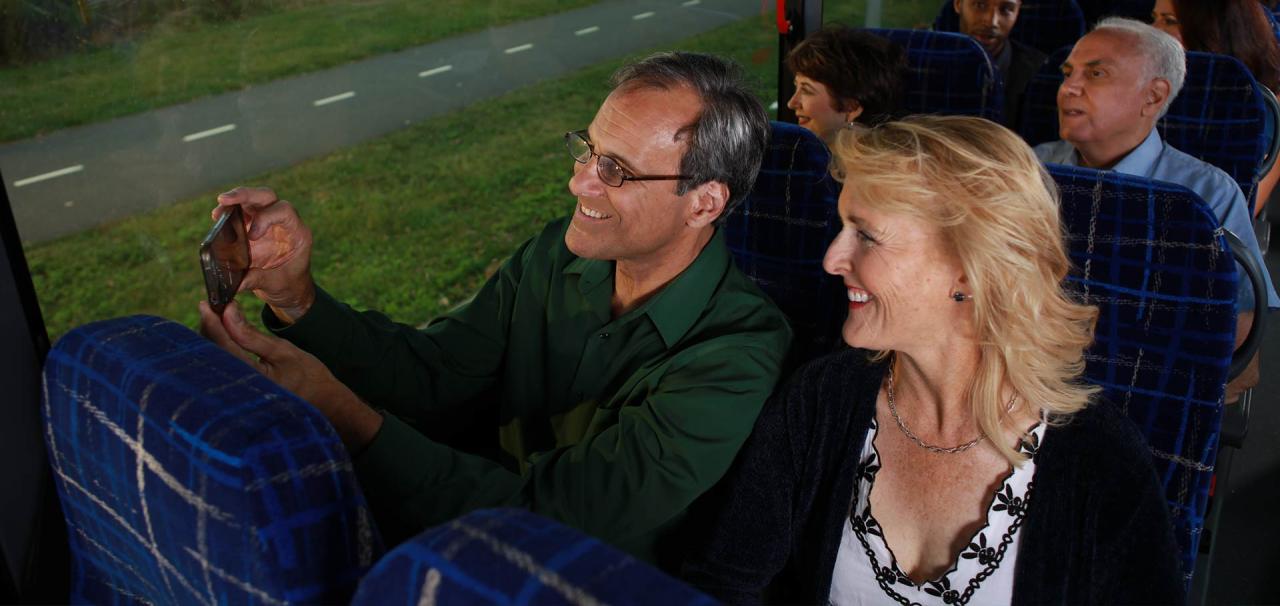Relaxing Road Trips Across America for Seniors: Embark on a journey tailored for the seasoned traveler, where comfort and scenic beauty intertwine. This guide explores meticulously planned itineraries designed to minimize stress and maximize enjoyment, focusing on accessible routes, senior-friendly accommodations, and captivating destinations across the United States. We delve into the practical aspects of planning, ensuring a seamless and unforgettable experience for every senior adventurer.
From the majestic national parks to the charming small towns nestled along scenic byways, this guide offers a comprehensive overview of creating a personalized road trip. We address essential considerations such as choosing the right time of year, selecting a comfortable vehicle, and planning for potential health concerns. Budgeting tips and resources are also included to ensure affordability and accessibility for all seniors.

The goal is to inspire and equip you with the tools to plan a relaxing and rewarding American road trip.
Planning the Perfect Relaxed Road Trip for Seniors: A Comprehensive GuideEmbarking on a road trip can be an incredibly rewarding experience, offering a blend of adventure, relaxation, and the joy of discovery. For seniors, careful planning is key to ensuring a safe and enjoyable journey. This guide Artikels essential considerations for crafting the perfect relaxed road trip tailored to the needs and preferences of older travelers.
1. Planning the Perfect Relaxed Road Trip* Choosing the right time of year: Avoid peak tourist seasons and extreme weather conditions. Spring and fall often offer pleasant temperatures and fewer crowds. Research the average weather for your chosen destinations and be prepared for potential changes.* Determining the ideal trip length: Opt for shorter, manageable distances to avoid fatigue. Break the journey into smaller segments with ample time for rest and relaxation.
A week-long trip might be ideal, allowing for a good balance of exploration and downtime.* Selecting a comfortable vehicle: Prioritize comfort and accessibility. Consider a vehicle with ample legroom, easy entry and exit, and potentially features like adjustable seats or power-assisted features. If mobility is a concern, renting a vehicle with hand controls or a wheelchair accessible van might be necessary.* Creating a flexible itinerary: Avoid over-scheduling.
Build in plenty of downtime for rest stops, unexpected delays, and spontaneous detours. A flexible itinerary allows for adapting to changing circumstances and preferences.* Booking accommodations in advance: Secure senior-friendly accommodations with accessibility features such as ramps, elevators, and grab bars. Consider booking hotels or motels with easy access to amenities and services.* Packing essentials: Pack light but include essential medications, comfortable clothing suitable for various weather conditions, entertainment (books, audiobooks, music), and any necessary mobility aids.
Don’t forget a well-stocked first-aid kit.
2. Scenic Routes for Seniors
National Parks & Byways * Exploring National Parks: Focus on accessible trails and viewpoints within national parks like the Grand Canyon (consider the South Rim for easier access), Yellowstone (explore accessible boardwalks and viewpoints), and Acadia (opt for paved trails and scenic overlooks). Research accessibility information on the park’s website in advance.* Discovering scenic byways: Choose byways with manageable elevation changes and driving conditions.

The Blue Ridge Parkway offers stunning views with relatively gentle gradients, while the Million Dollar Highway and Pacific Coast Highway might present more challenging driving conditions in sections and should be assessed carefully based on individual capabilities.* Utilizing park services and visitor centers: Take advantage of park services, including information about accessible trails and viewpoints, accessibility aids, and ranger programs. Visitor centers are valuable resources for planning your itinerary.* Prioritizing shorter driving days: Plan for shorter driving days with ample rest stops to prevent fatigue.
Break up long drives with overnight stays in comfortable accommodations.* Researching accessible viewpoints and trails in advance: Thoroughly research accessible options before your trip to avoid disappointment. Many national park websites offer detailed accessibility information. 3. Small Town Charms & Quaint Stops* Discovering charming small towns: Explore charming small towns along your route, discovering local shops, restaurants, and historical sites. Prioritize towns with accessible facilities and amenities.* Prioritizing towns with accessible facilities: Ensure that the towns you visit offer accessible restrooms, parking, and other amenities.* Seeking out local events: Attend local events and festivals such as farmers’ markets and art shows, adding a unique cultural experience to your trip.* Allowing ample time for exploration: Allocate sufficient time to explore each town at a relaxed pace.
Avoid rushing, allowing for leisurely strolls and enjoying the atmosphere.* Utilizing local transportation: If needed, utilize local transportation options like shuttles or taxis for shorter distances within towns. 4. Ensuring Safety & Comfort on the Road* Regular vehicle maintenance: Schedule a comprehensive vehicle maintenance check before your trip and perform regular checks during the journey.* Planning for health emergencies: Carry necessary medications, emergency contact information, and a list of any pre-existing medical conditions.
Consider travel insurance that covers medical emergencies.* Utilizing roadside assistance: Sign up for roadside assistance services for peace of mind in case of unexpected breakdowns.* Taking frequent breaks: Take frequent breaks to stretch, rest, and avoid driver fatigue. Regular stops are crucial for safety and well-being.* Staying hydrated and nourished: Drink plenty of water and eat nutritious meals to maintain energy levels and prevent dehydration.* Being aware of potential hazards: Be aware of potential hazards such as weather conditions and wildlife.
Check weather forecasts and take necessary precautions. 5. Budgeting & Resources for Senior Road Trips* Estimating travel costs: Create a detailed budget that includes gas, accommodation, food, activities, and incidentals.* Utilizing senior discounts: Take advantage of senior discounts offered by many hotels, attractions, and transportation providers. Organizations like AAA and AARP offer travel programs and discounts.* Exploring budget-friendly accommodation: Consider budget-friendly options such as campgrounds (with accessible facilities), motels, and Airbnb.* Finding affordable dining: Explore affordable dining options such as local eateries and picnics.* Researching free activities: Research free or low-cost activities and attractions to minimize expenses.
6. Post-Trip Relaxation & Reflection* Planning for post-trip relaxation: Schedule a period of rest and relaxation after your road trip to unwind and recover from the journey.* Sharing travel experiences: Share your travel experiences with friends and family through storytelling, photos, and videos.* Creating a travel journal: Create a travel journal or photo album to document your memories and experiences.* Reflecting on the trip: Reflect on the highlights of your trip and plan for future adventures.By carefully considering these points, seniors can plan and enjoy a safe, comfortable, and memorable road trip filled with scenic beauty and delightful discoveries.
Remember to prioritize your health and well-being throughout the journey.
Planning a relaxing road trip across America as a senior is an achievable and rewarding experience. By carefully considering factors such as trip length, accessible routes, and comfortable accommodations, you can create a memorable journey filled with stunning scenery, charming towns, and lasting memories. Remember to prioritize safety, comfort, and flexibility, allowing for spontaneity and relaxation along the way. Embrace the open road, and let the adventure begin!

